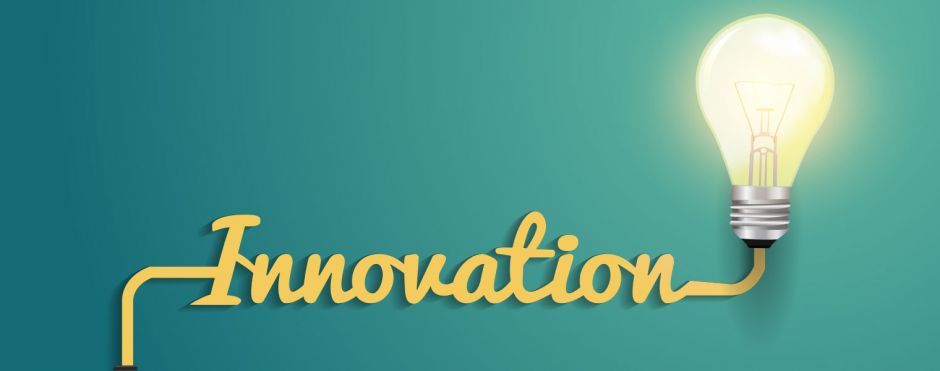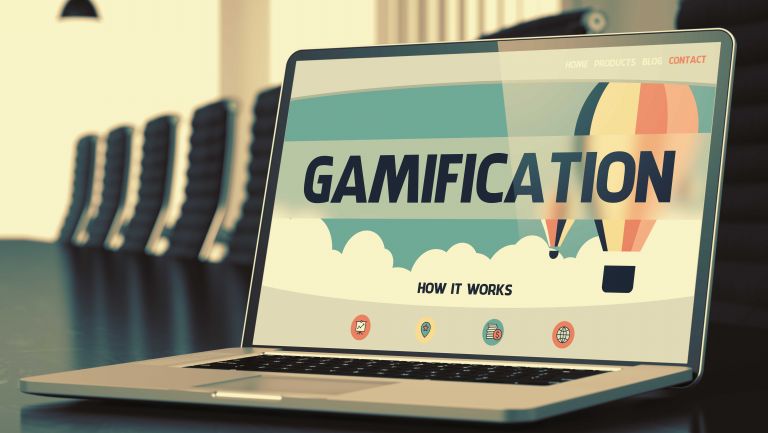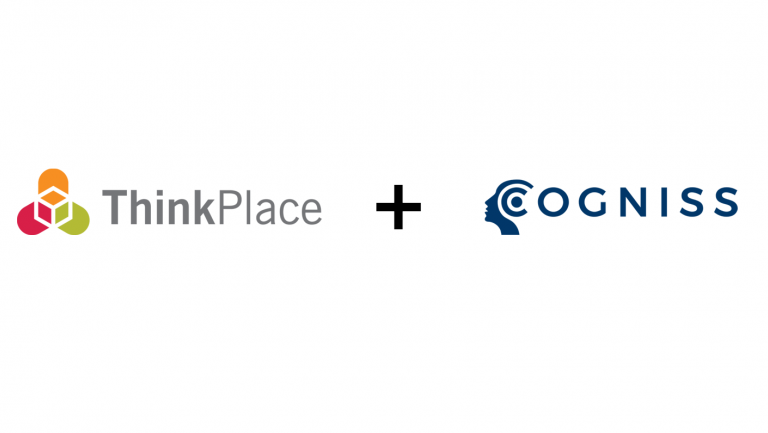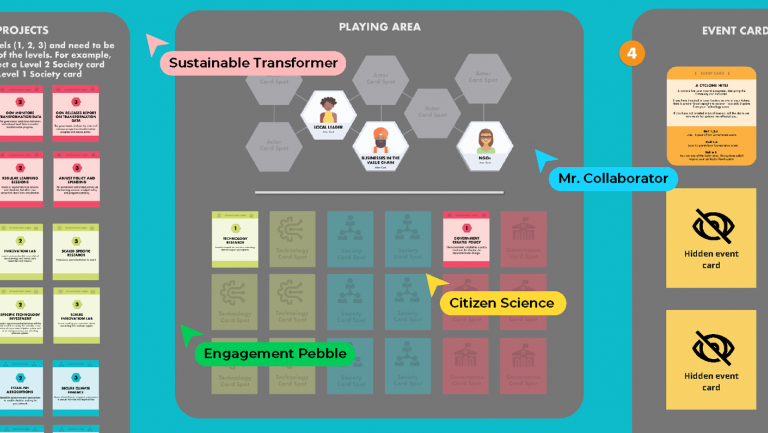Sign up for our monthly newsletter
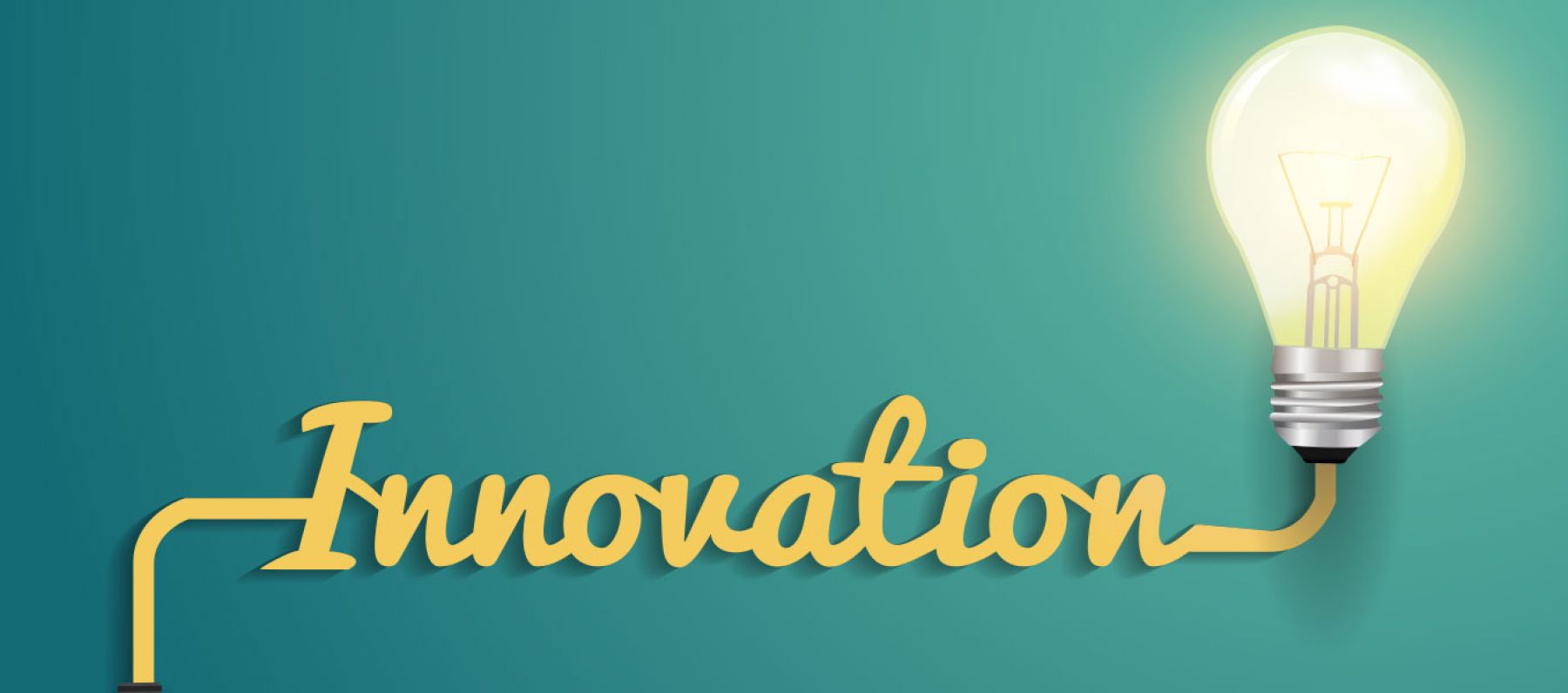
The (un) secrets of Innovation
Innovation starts and finishes with people; people with needs and people with the dedication to creating solutions to those needs. There is no magic pudding or secret recipe and there are no shortcuts, there is only an eye for opportunity, a mind for creativity, and the quality of tenacity and determinedness. Whether it be in a home garage, a university laboratory, or an R&D building of a multinational corporation, you can be sure that the best innovations, the innovations that disrupt and transform, have people not just at their centre but at their front, back and sides.
Over the years innovators have codified their experiences into methodologies that can be used to improve one’s chance of success. Indeed, we’ve certainly come a long way from the muses of Ancient Greece who bestowed creativity as a divine gift. Whether a start-up, large company, or government department, there are a range of methodologies that can be tailored to help you and your organization innovate:
-
Open innovation, including crowd sourcing, bridges internal and external resources through collaboration and partnership. By bringing together a diversity of expertise and insights, open innovation seeks to deliver more than the sum of the parts by creating value at the intersection of disciplines and through resource efficiency.
-
Lean start-up methodology is built around a build-measure-learn feedback loop. After understanding the problem that needs to be solved, a minimum viable product is built as soon as possible to start the learning process. The methodology seeks to fail fast and fail cheap in order to avoid the large, expensive, and spectacular fails that happen when you don’t test prior to launch.
-
Human centred design thinking looks at complex issues from the perspective of the people who will use or be affected by them. It brings together many voices and perspectives, it prototypes, experiments, fails, learns and iterates, and it reframes challenges and opportunities to force fresh thinking. It seeks to build solutions that are desirable, viable, and feasible.
Whatever your goal, challenge, or opportunity might be, in the words of John Cleese, take comfort in the discomfort of creating. Like the wall that marathon runners must push though, if creating were easy everyone would do it. But unlike long distance running, we can take comfort in knowing that we all have in us the capacity for innovation and creativity. After all, we were all children once right?
